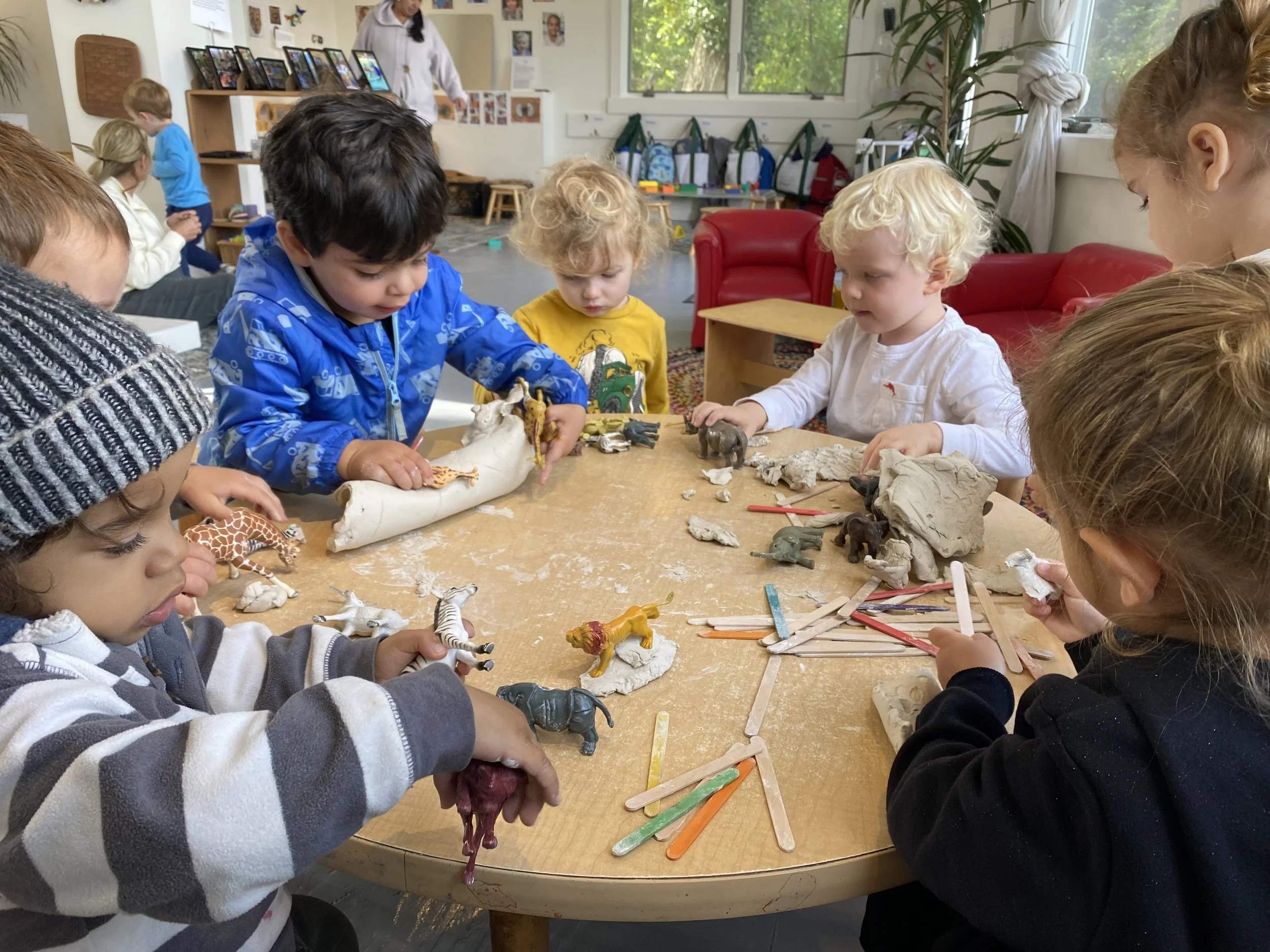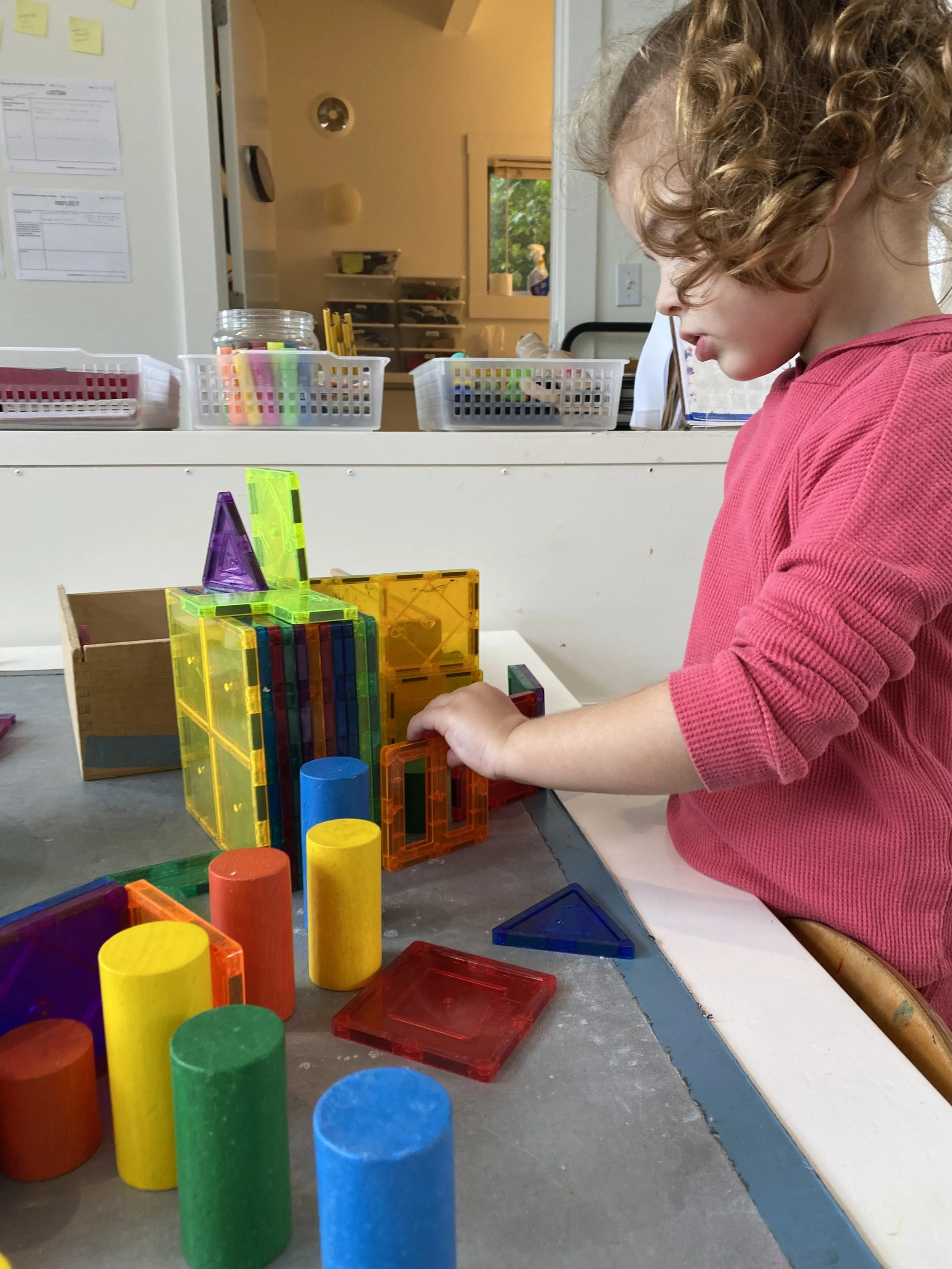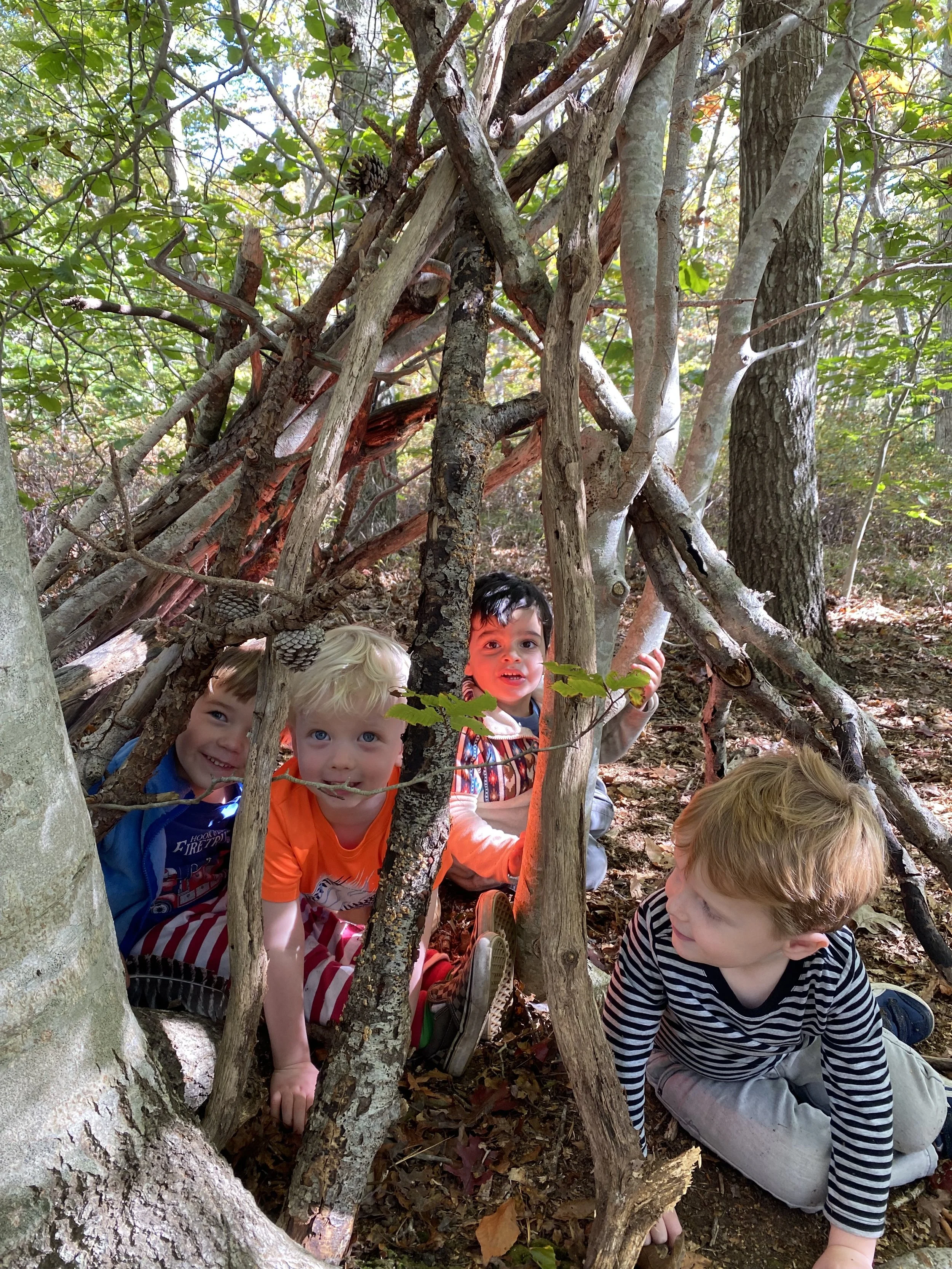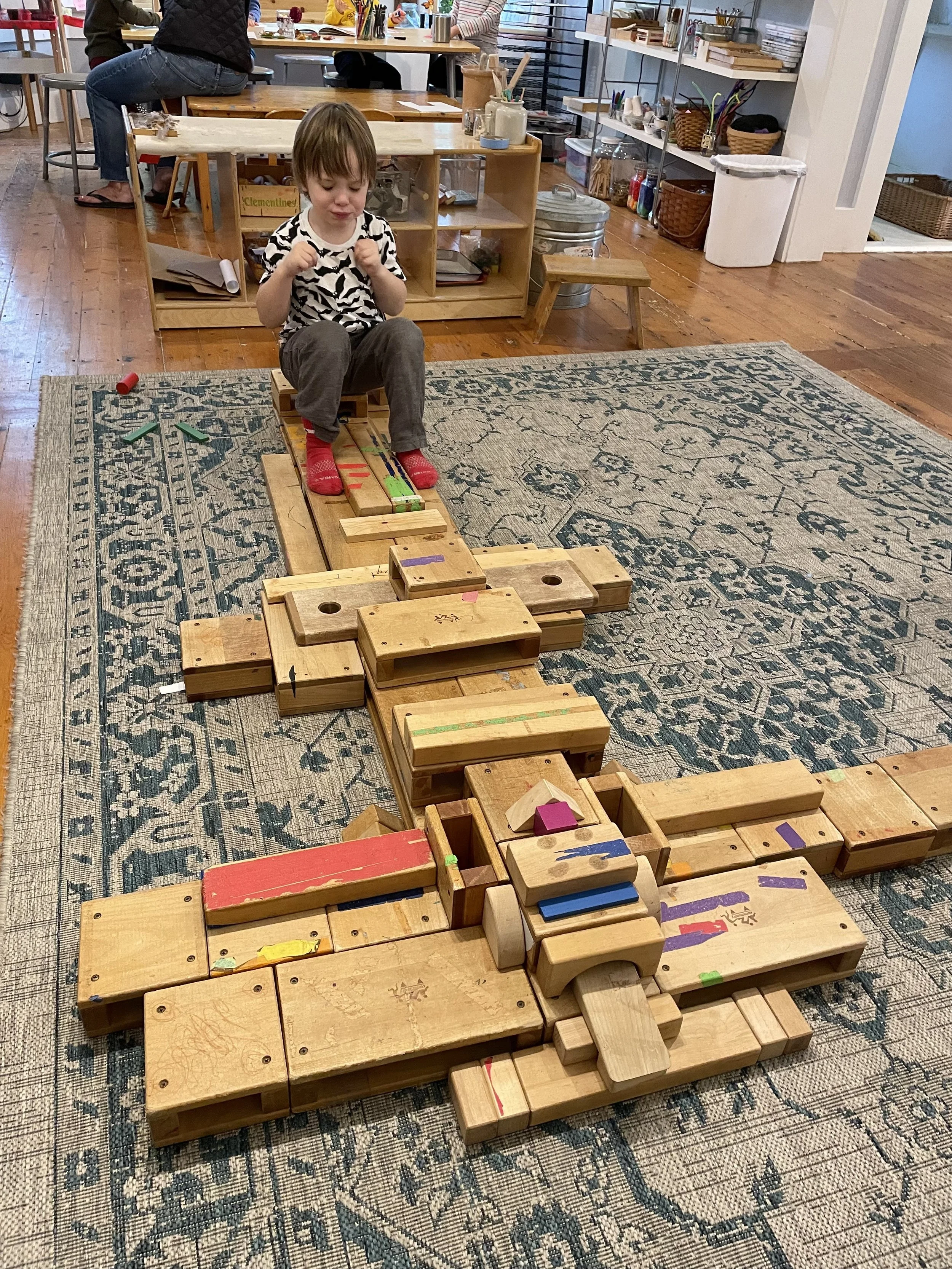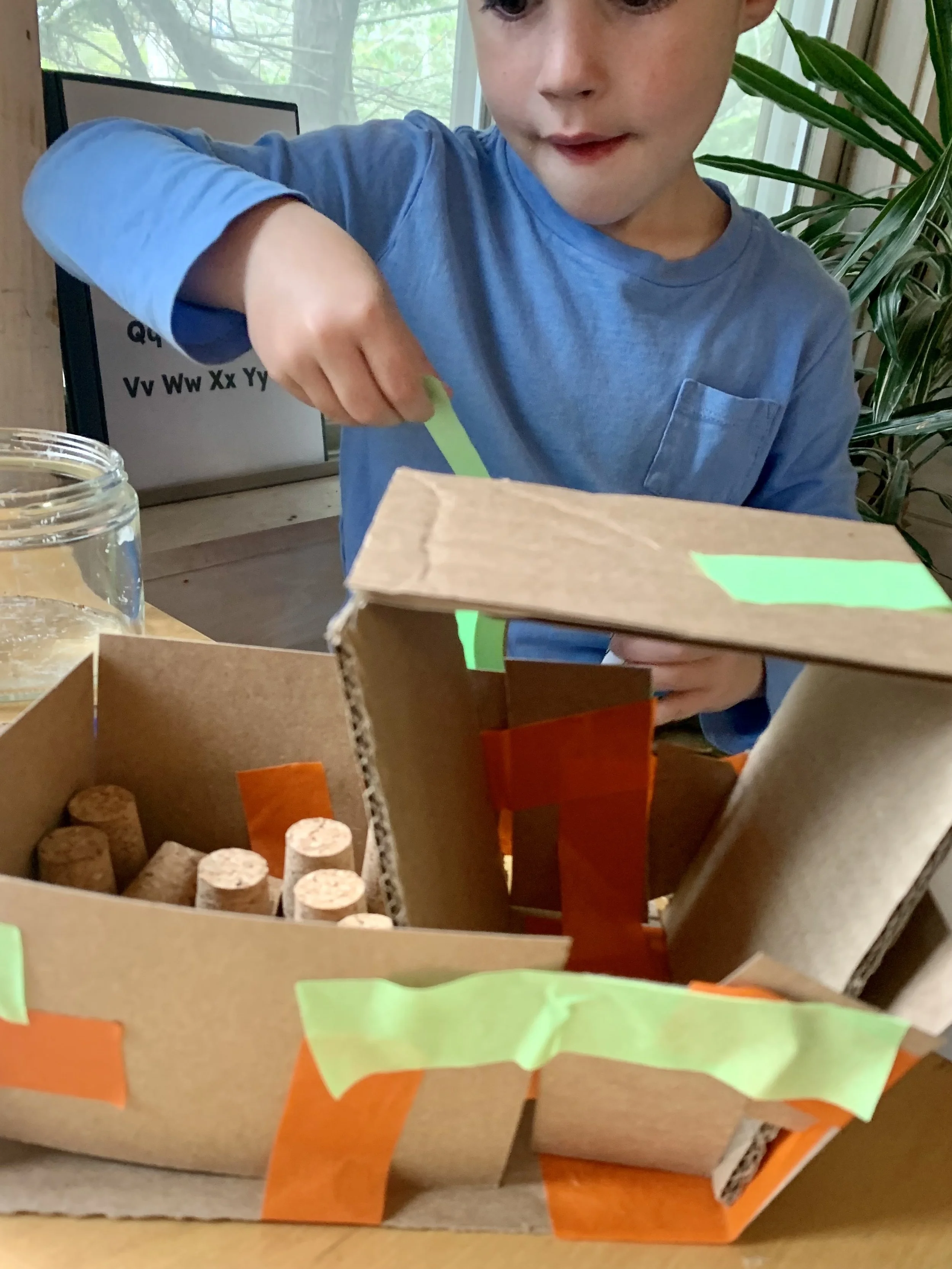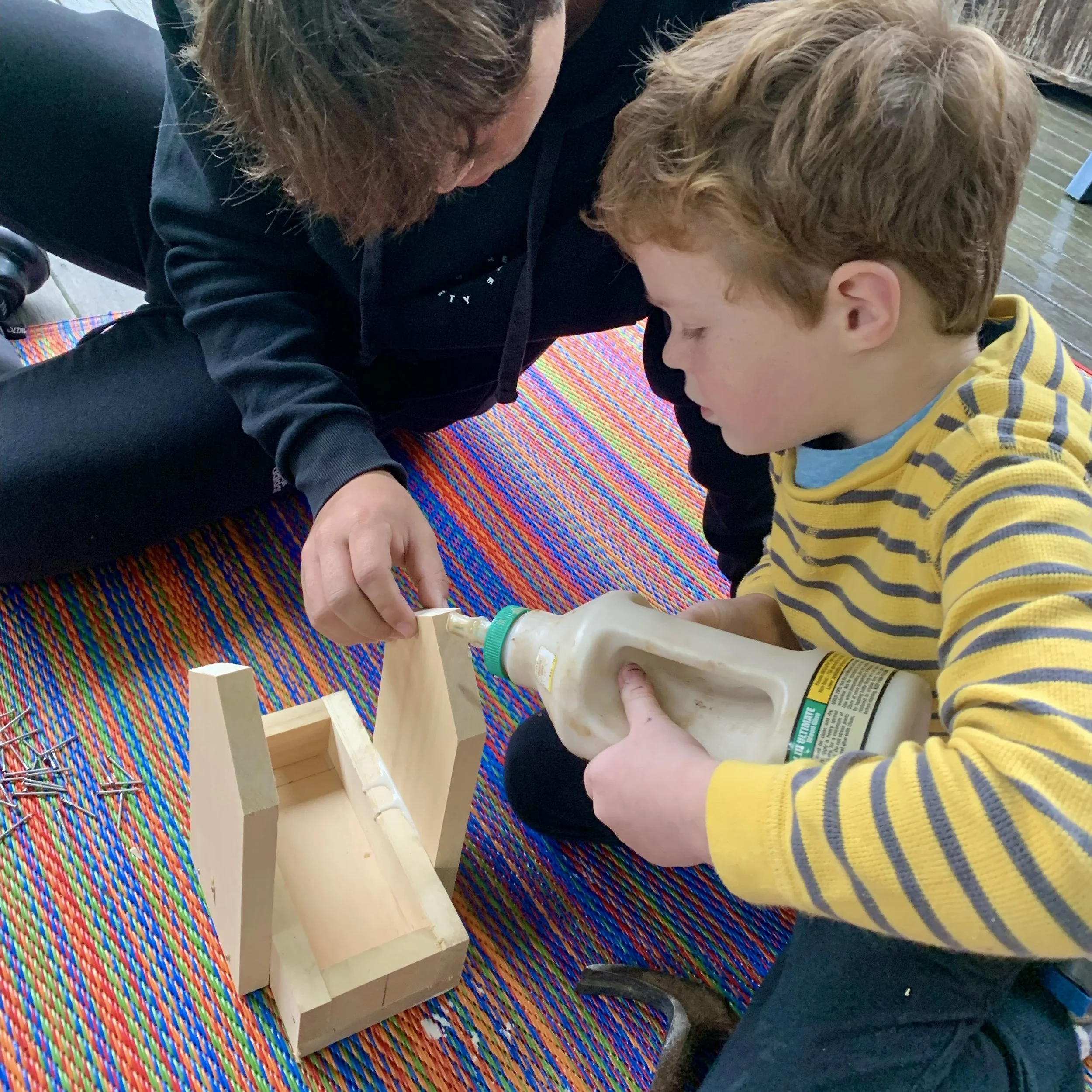NOVEMBER 2023 NEWSLETTER
Importance of Early Childhood Development
In early childhood, defined as ages from birth to 8, experiences have a direct effect on the development of the brain’s architecture, which provides the foundation for all future learning, behavior and health. But childhood is not merely a preparation for adulthood or for the next stage in learning. Friedrich Froebel, creator of the concept of kindergarten, laid the foundation for modern education based on the recognition that children have unique needs and capabilities. Froebel saw early childhood education as an educational level in its own right, one that should be available to all children. He did not believe the early years should be a downward extension of formal content, behaviors, and learning expectations, and he viewed this period as a unique opportunity for children to grow, develop, and learn. He also saw the early childhood period as complex, rich, and challenging.
The Garden Gate Approach provides opportunities for children to explore their interests and develop their unique temperaments and learning styles through play. Rather than measure a child’s growth according to standards and an accountability approach, at Garden Gate we observe the whole child and celebrate each child as a whole person with their own unique strengths, talents, challenges and struggles.
The portfolio assessments we share at Parent/Teacher conferences reflects a “pedagogy of listening” - listening to families and children is at the heart of what we do. By listening deeply we learn about the individuals we work with and develop meaningful relationships that are based on respect and trust. “I’m listening, I hear you,” is an affirming statement that supports the emotional well being of each child and sets the stage for our way of interacting with each other in our classrooms and throughout our school. When developing a curriculum which emerges and evolves from the interests and ideas of the children, teachers begin by tuning in, by observing and listening carefully to the children. Children’s words may be documented through recordings and teachers’ narrative notes. But children communicate and “speak” to us in many ways, through their body language, their behavior, their art and their play. Teachers “listen” to these messages too and document their observations with photos or videos. We look forward to sharing these portfolios with you at Parent/Teacher Conferences next week.
In the Featherstone Art Barn
TWO EXCITING EVENTS!
ART NIGHT for PARENTS: Mug Making with Sabrina Kuchta (Childcare will be provided) Wednesday, November 15th from 5:30-7:30pm Looking for a cozy activity during these cold autumn evenings?Looking for a way to hand make a gift for a friend or loved one?Come learn how to make a mug using hand building techniques in the Featherstone pottery studio! This two hour class will teach students of any experience level how to construct a ceramic mug.At the end of class, students will have the opportunity to select aglaze finish (mugs will be fired and glazed for students by Sabrina and will be available for pick up three weeks later). This fabulous art workshop is being provided FREE OF CHARGE for Garden Gate parents, but there are only 10 spots available, so sign up quickly! We suggest a $10 donation to cover the cost of child care for the event.
WINTER FAMILY CELEBRATION and HOLIDAY GIFT SHOP (Child care will be provided from 4-5 so parents can shop) Thursday, December 7th from 3:00-5:00pm All Garden Gate families are invited to gather for hot chocolate and other treats as we celebrate the magic of the season together! Following the fun, parents will be able to shop at Featherstone’s Holiday Gift Shop while the children create their own gifts in the classroom. BE SURE TO MARK YOUR CALENDARS FOR THESE FUN FAMILY EVENTS!!
STUDIO ONE
Children in Studio One have been thinking about HOUSES! This topic helps us get to some of the real learning that takes place during early childhood - learning who we are and where we come from, sharing familiar experiences and exploring new ideas and perspectives, communicating ideas in “hundreds” of creative languages.
Common themes like “Houses” provide many opportunities to scaffold learning and introduce new ways of thinking. At Garden Gate, we often use stories to spark conversation and deepen our relationships with an idea. “If I Built a House” by Chris Van Dusen inspires creative construction. Our children have been creating houses with blocks, magnatiles, cardboard and clay, as well as drawing and painting houses. Photos of the children’s actual homes, shared by parents, have served to help children think about form and structure, as well as prompt conversations about similarities among us. “Ruby’s Little Red Fort” by Brenda Maies, a story about a Latina girl who breaks gender and cultural stereotypes, inspires our children to think about collaboration and working together while exploring the steps required in building. “This is Our House” by Bob Graham prompts conversations about playing together, fairness and inclusion. We can also use stories to introduce children to new ways of thinking. “The Old Man” by Sarah & Claude Dubois introduces children to the idea of homelessness. In this gentle story, the life of a homeless man is seen through the eyes of a child who shares her sandwich. Stories like this plant seeds of understanding, empathy and acceptance.
We’ve appreciated all the donations of cardboard and boxes. We still need several shoe boxes for creating individual box houses. Please bring them in if you have them!
STUDIO TWO
In Studio Two the children have been curious about things that fly. First they made kites out of paper and decorated them before taking them out to the hill to fly them in the wind.
We have also been reading "Not A Box" by Antoinette Portis which has raised a lot of questions about what a box can become. The interest in things that fly brought about conversations about butterflies, birds and planes which eventually led the group to want to transform cardboard boxes into a spaceship. This work has fostered collaboration and engagement among all of the children - they are working on taking turns, fine-tuning their ideas and hearing each others' suggestions.
From The Garden Gate Approach: As young children come together in school they often come with differing experiences, expectations, needs and desires. It is important, right from the beginning, to give each child a voice, provide a vehicle for each to be heard, to recognize each child as a bearer of rights within the classroom and community. This component of the curriculum framework sets the foundation for a democratic classroom to introduce children to their roles in the classroom and establish the rules and agreements for working together as a group.
Our Studio Two children are learning about themselves and each other as members of our learning community. Working collaboratively on big scale projects allows each child’s individual strengths and talents to shine and creates an environment where everyone’s contributions are valued by the group.
To support our work, we have been reading a wonderful selection of books like "Little Bear Goes to the Moon" by Else Holmelund Minarik, "Roaring Rockets" by Tony Mitton and Ant Parker and "I Want to be an Astronaut" by Byron Barton among others.
KINDERGARTEN
Kindergartners have been engaged in exploring animal habitats in their classroom and outdoor environments. We have taken a deep dive into the anatomy, habitat, and community behavior of moles, bees, birds and caterpillars. Children have been thinking like scientists, posing theories, creating scientific drawings and asking questions that help them to learn, as a group new, exciting and valuable information. Our project work has included using natural materials to create a bee “hotel”, and working with the MVRHS Building Trades students to create bird feeders to help to sustain our feathered friends throughout the winter. This project is driven by the interest and excitement of the students, and allows them to forge an educational journey in which they are active co-collaborators
We have also begun an imagination museum in our classroom. Children have been sourcing unusual loose parts and materials, in conjunction with electrical motors and lights, to create a variety of inventive machines and imaginative sculpture. Children are given the opportunity to create with a variety of materials in order to find those that best represent their ideas and intention. Continued experience with loose parts allows children to make connections and discoveries, build meaning and depth in their work and bring ideas to life.
The goal for our Kindergarten students is to consider who they are as learners and what tools and resources best help them figure out the world around them. Children are naturally curious and want to solve problems and untangle challenges. In our kindergarten classroom, children discover the tools and materials that best help them to understand and navigate the classroom and the world around them. Children are allowed to envision, try, fail and try again, building resilience and confidence as they learn about the world.
Books:
Moles (Superpower Field Guide) by Rachel Poliquin (Author), Nicholas John Frith (Illustrator)
Homes and Habitats: A Wild Wonders Book by Mary Sivertsen (Author), Sarah Jacobsen (Author)
Mole (Wildlife Watchers) by Ruth Owen
Mole Is Not Alone by Maya Tatsukawa (Author, Illustrator)
Smithsonian Handbooks: Birds of North America -- Eastern Region (Smithsonian Handbooks) (DK Smithsonian Handbook) by Fred J. Alsop III
National Geographic Readers: Bees by Laura Marsh
The Magical Yet by Angela DiTerlizzi and Lorena Alvarez Gómez
